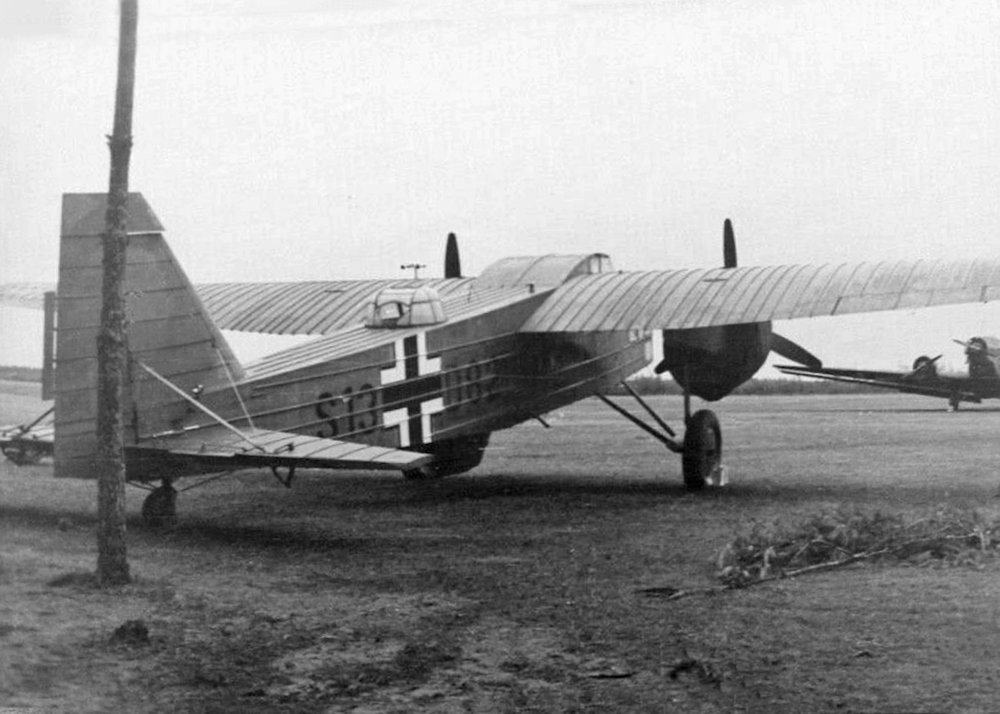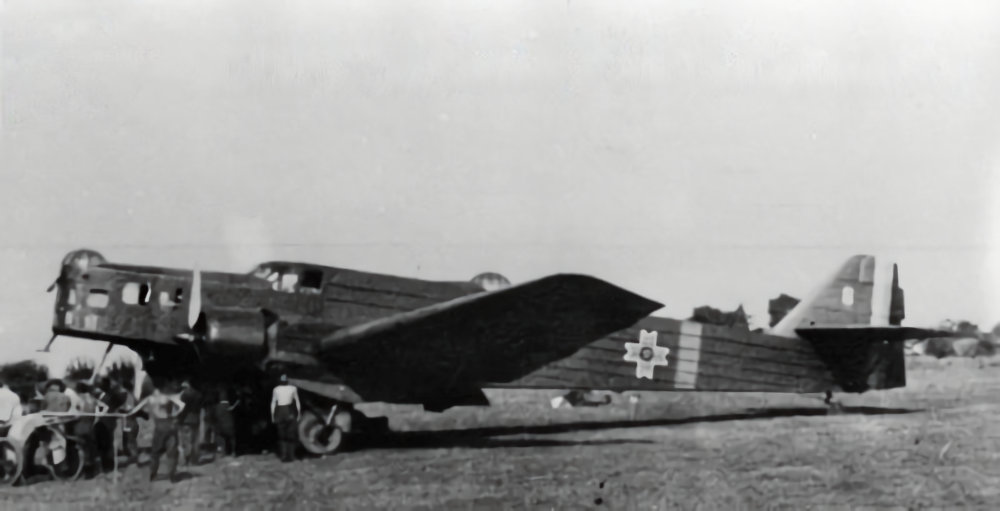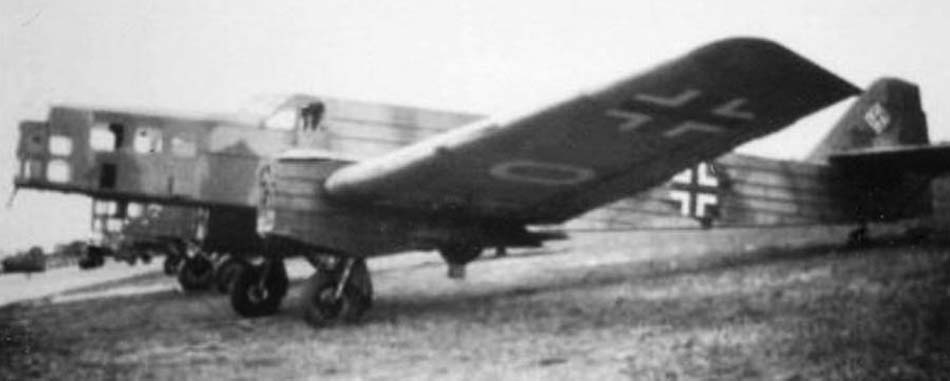Category: Aircraft
-
Bloch MB.200 in German Service

Bloch MB.200 in German Service The German conquest of Czechoslovakia meant that Czech Aero (Bloch) MB.200s were taken over by the Luftwaffe, including aircraft that were still coming off the production line. As well as serving in the German Luftwaffe, some bombers were distributed to Bulgaria. Read more
-
Bloch MB.210 in Romanian Service

Bloch MB.210 in Romanian Service Romania ordered 24 Bloch 210s in 1938, eventually receiving between 10 and 20 from this order for the Royal Romanian Air Force (ARR). In June 1941, when Romania entered WW2, the MB.210s although obsolete still equipped the 82nd Bomber Squadron. They performed relatively well during the Bassarabian campaign, but in early… Read more
-
Bloch MB.210 in German Service

Bloch MB.210 in German Service In September 1939, the Bloch MB.210 equipped 12 bomber units of the Armée de l’Air. At the time of Nazi Germany’s attack on France in spring 1940, these squadrons were in the middle of a restructuring aimed at removing outdated aircraft from the front line. Up to the armistice on… Read more